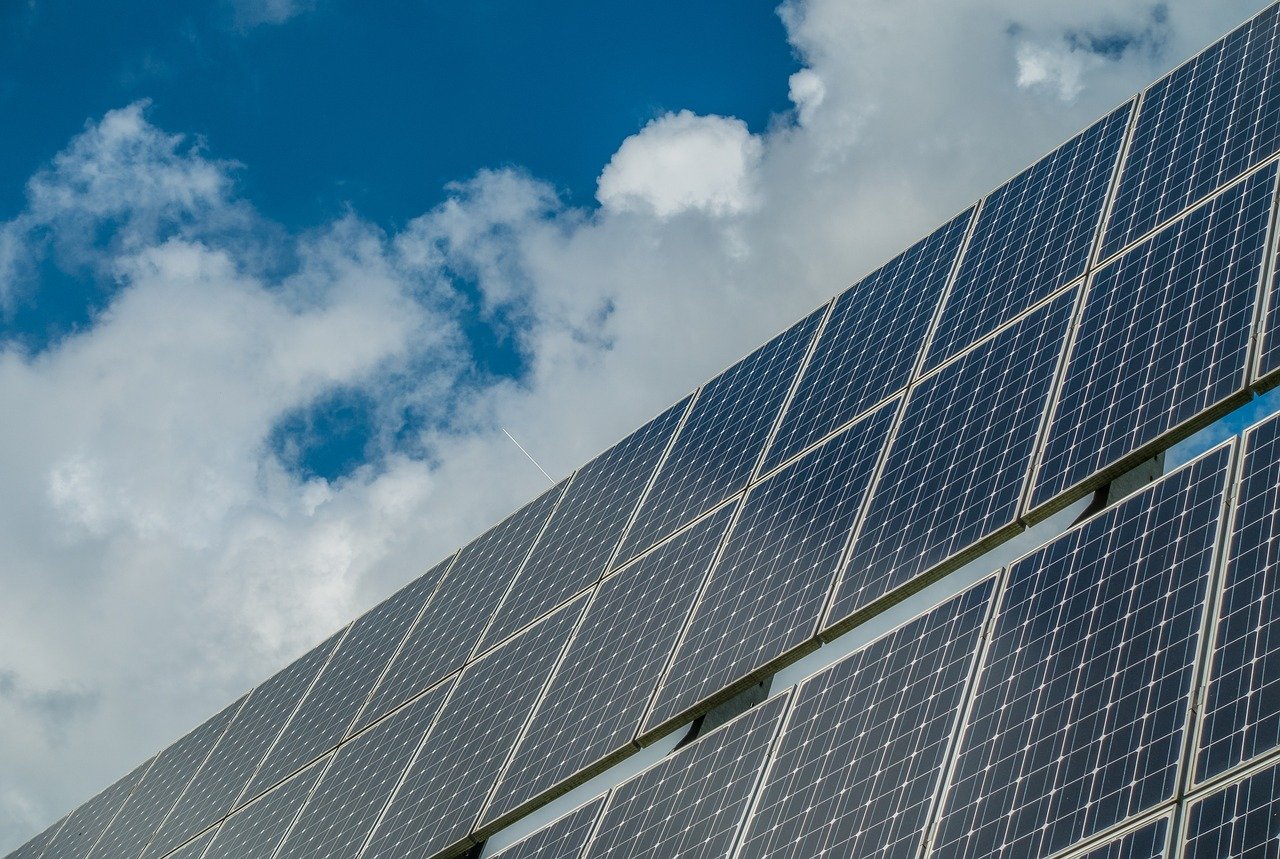Most people know about solar energy at this point, and most see its potential to have a decidedly net positive impact on the future of planet earth, as most experts would assert that it does. But many don’t know the ins and outs of solar panels, how they work in practice and just how much of an impact they can have.
What are Solar Panels?
The term “solar panels” is the colloquial way of referring to collections of what are otherwise known as photovoltaic (PV) modules. (Another type of solar power comes from concentrated solar power, which uses a combination of lenses and mirrors to concentrate sunlight into a narrow beam). Photovoltaic cells, the technology underlying PV modules, were invented in the 1880s. This innovation, which uses silicon semiconductors with opposing charges to produce electricity, still exists in the present era. Specifically, the cells create an electrical current which is then converted into alternating current (AC) electricity, the type of electricity used in most homes and businesses.
Why are they a Good Green Investment?
Solar panels are exemplary investments for a green future because they allow users to save money on their electricity bills while reducing the amount of electricity generated by nonrenewable sources, namely coal and natural gas, the production of both of which negatively affects the environment. According to Unbound Solar, “Since the average system costs $10,000-$18,000 in materials, homeowners can reasonably expect to recoup the cost of the hardware when they choose to sell their home.”
For the individual, solar panels are a great investment because they will eventually start saving you money. This is especially true since the cost of utilities is increasing and the cost of solar panels is decreasing over time. Soon enough, you won’t have to wait years to start making money from your investment in solar panels. Use this off grid solar calculator to find out what size solar system you would require to cover your energy consumption needs given the number of sun hours in your area.
Solar power currently accounts for less than 2% of the total electricity generation in the United States. Meanwhile, nonrenewable fossil fuels make up 63%. This means that there is enormous growth potential for solar power and other renewable energy sources. Increasing the usage of solar panels will simultaneously save consumers money and reduce the toll on the environment that the production of fossil fuels engenders.
What Are The Costs?
The costs associated with solar panels include both the expense of manufacturing them, which is translated to the consumer in the form of the relatively high upfront installation costs, and the environmental cost their production requires. This latter, more metaphorical cost seems, on the surface, anthitetical to the ultimate goal of renewable energy, but rest assured that it is far outweighed by the amount of energy from fossil fuels that the use of solar panels will make up for over time.
All in all, [solar panels] are a great investment not only for the individual consumer but also for humanity as a whole. Thus, by becoming an early adopter of solar panels, you could be at the forefront of the transition to a brighter future.

